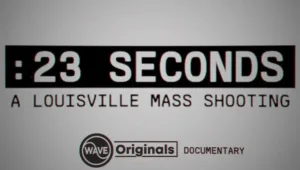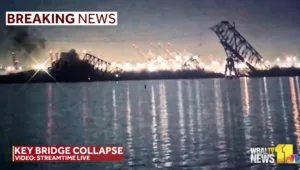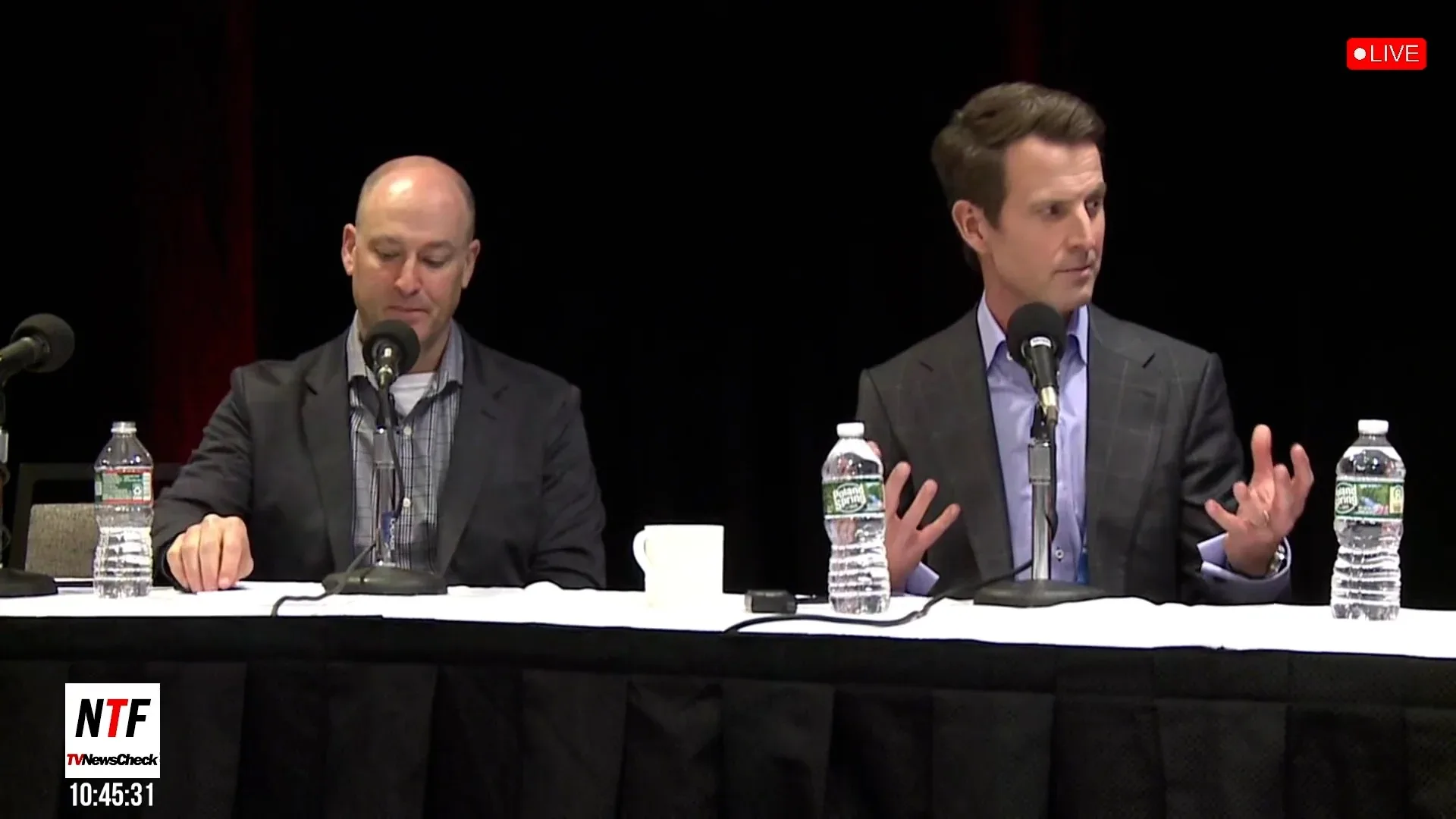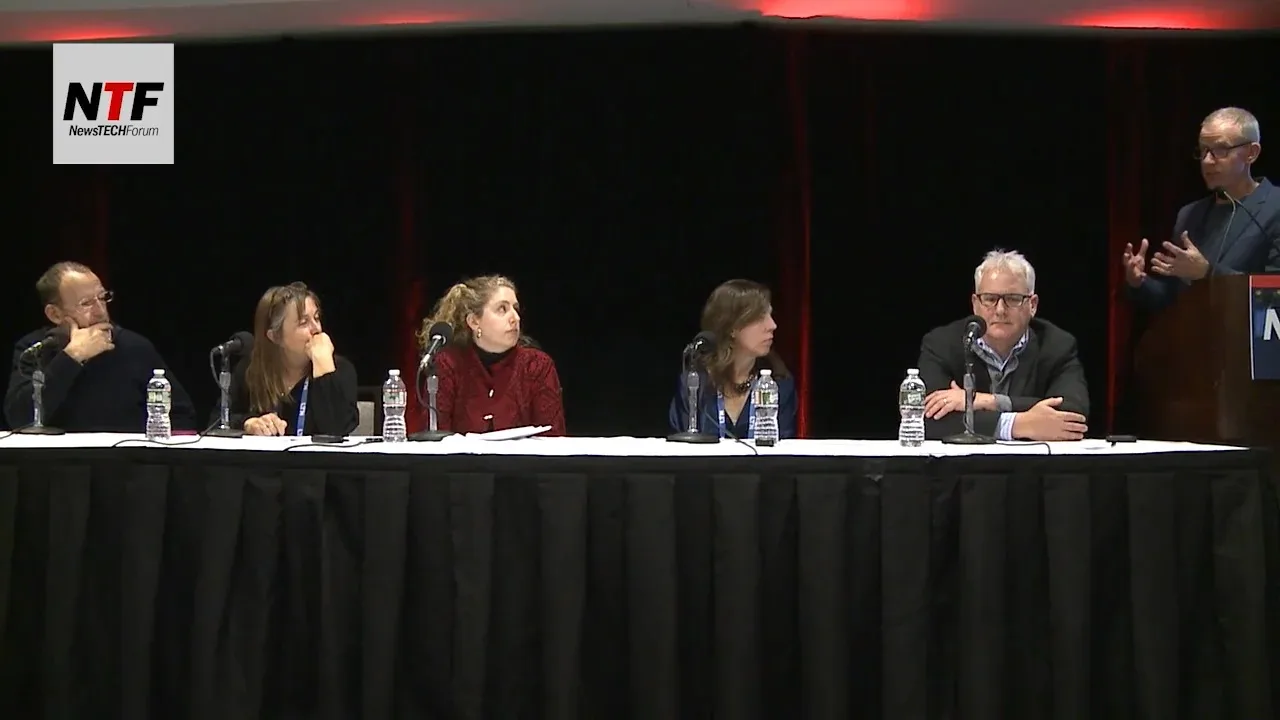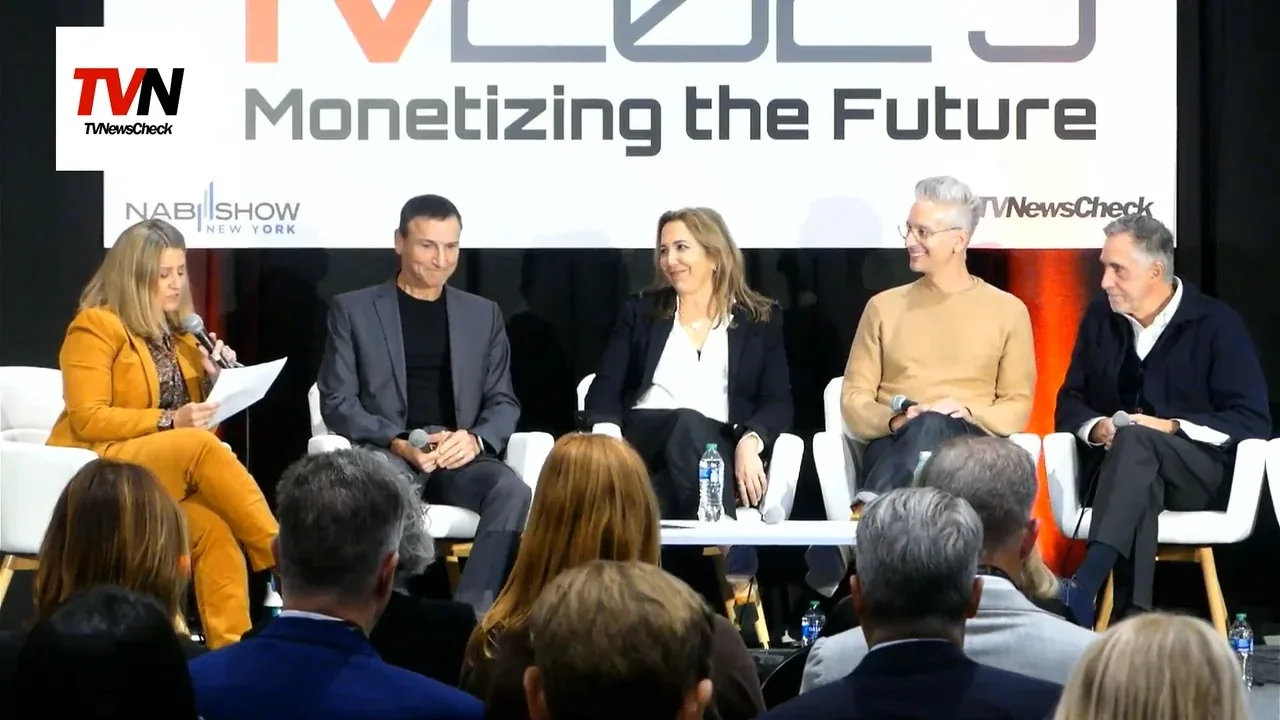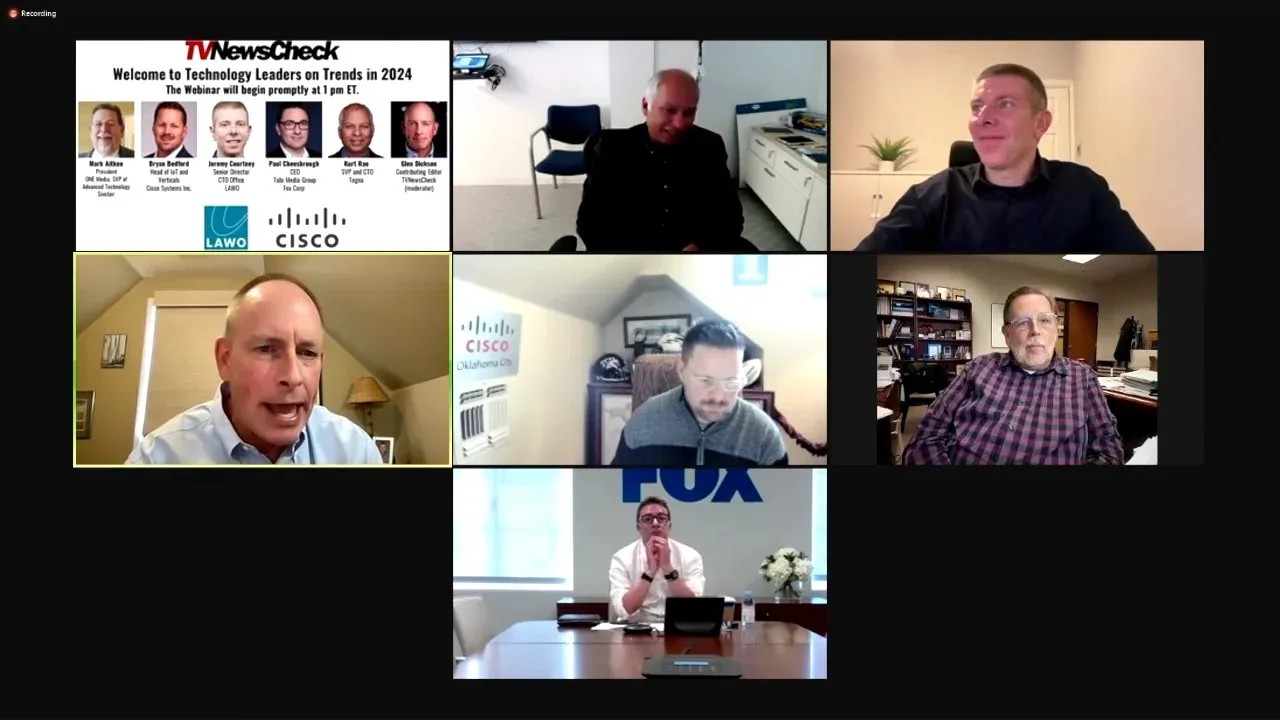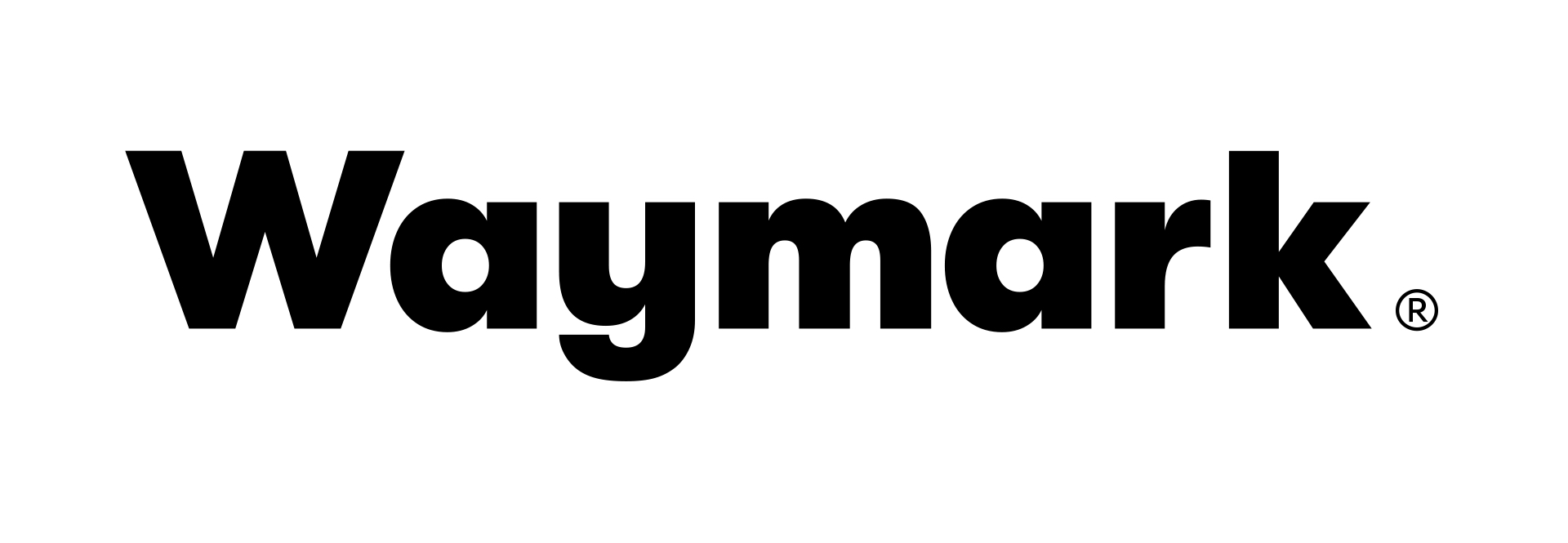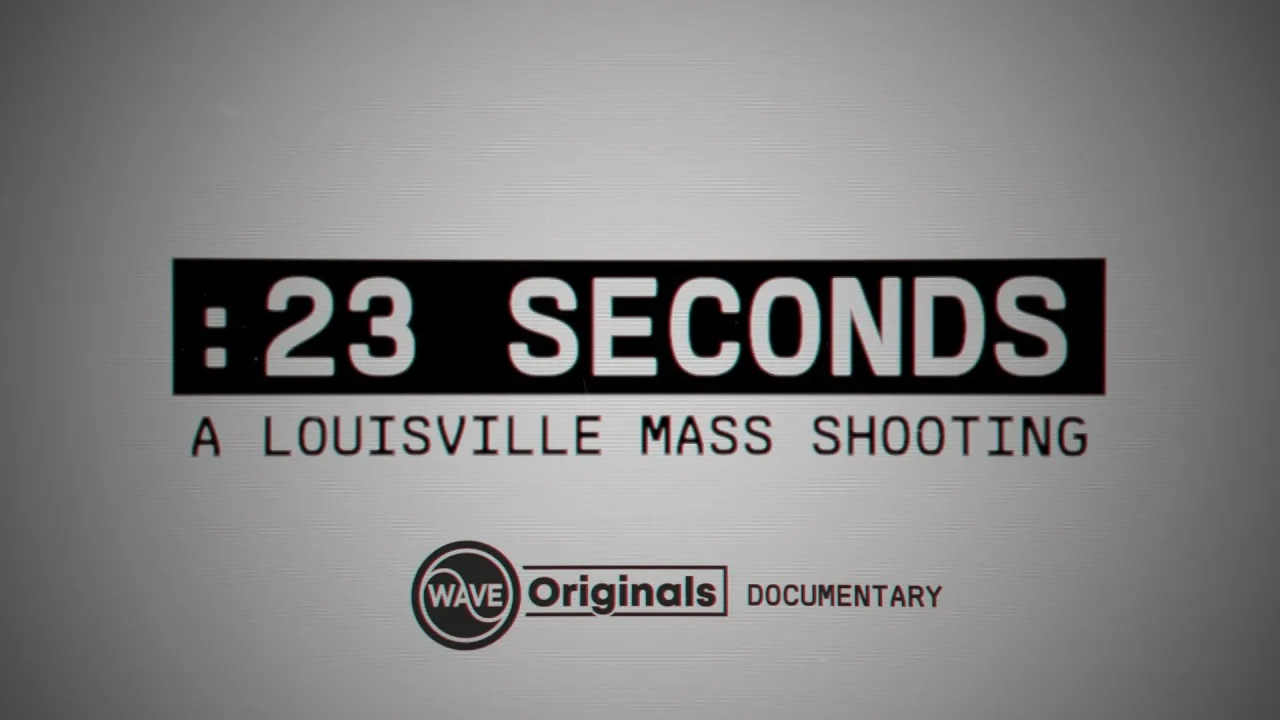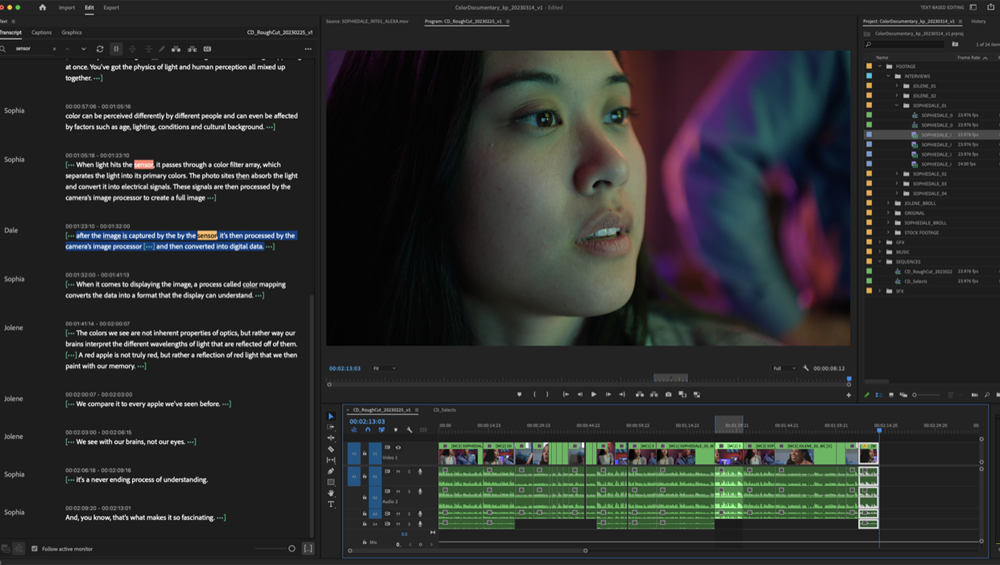
At this year’s NAB Show, while some of the focus on artificial intelligence could be attributed to mainstream buzz over new generative AI tools like OpenAI’s ChatGPT, broadcast vendors have been working on AI-based products for several years to tackle the more labor-intensive parts of the broadcast workflow. Pictured: Adobe’s text-based editing, in which the audio in news feeds is automatically transcribed upon ingest and displayed in a transcription window to the left of the editing interface.
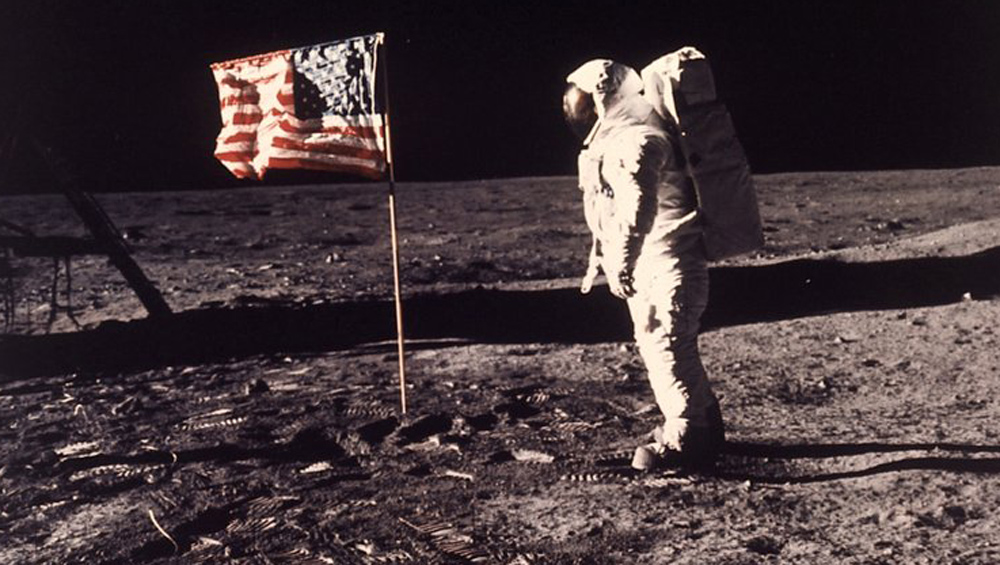
The results can be astonishing: crisp, beautiful, fantastical and sometimes eerily realistic. But they can also be muddy and grotesque: warped faces, gobbledygook street signs and distorted architecture.
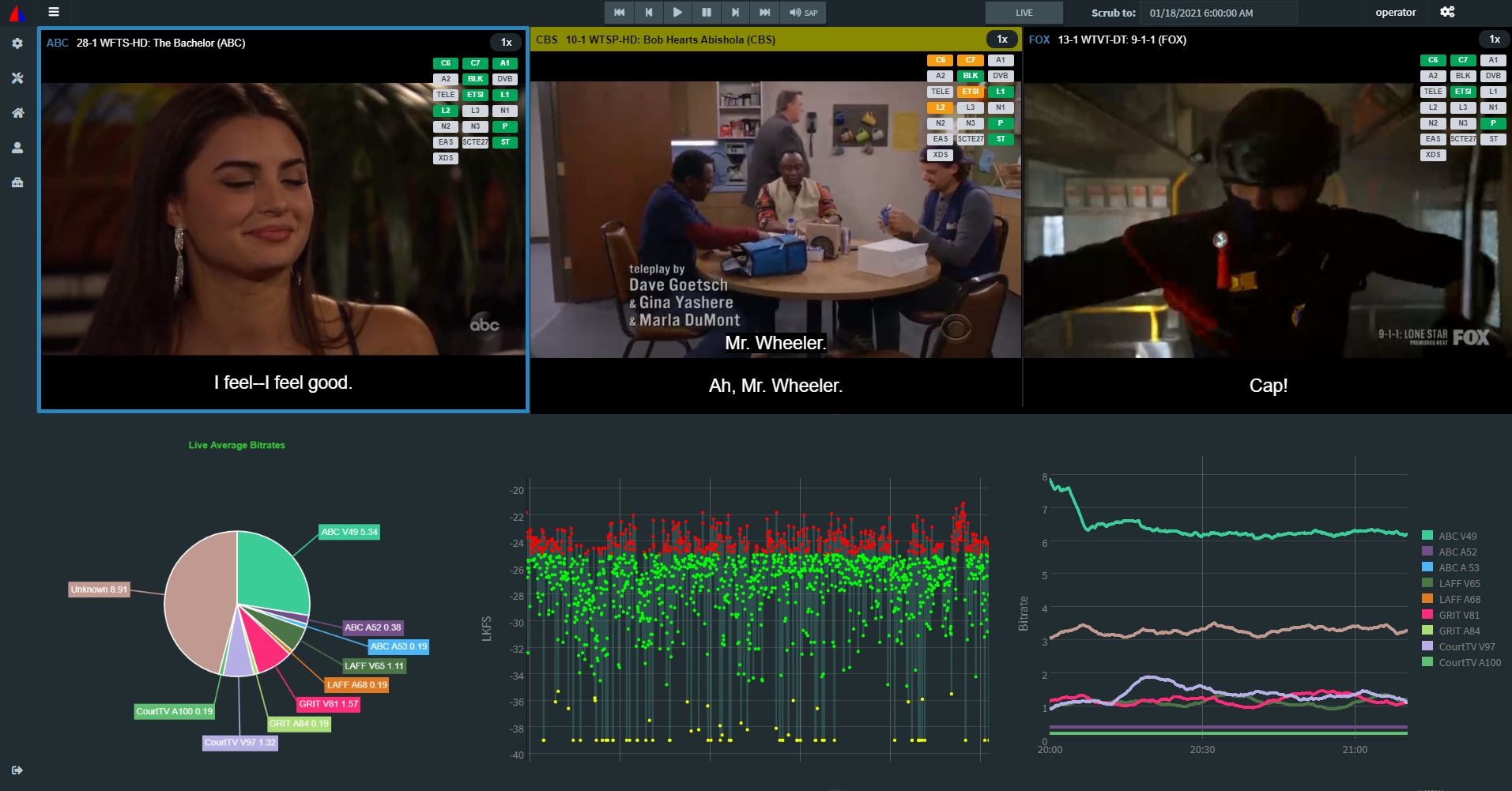
In a post-Volicon era, monitoring and compliance tools have gone beyond just making sure content meets regulatory requirements, moving into new broadcast environments and rolling out features designed to ease workflows. Above: Vela’s Encompass product showing both channel and transport stream analysis to help ensure quality of service.
Cloud Dominates Devoncroft Discourse

Public cloud technology has moved into the realm of widespread broadcaster acceptance, discussions at this week’s Devoncroft Partners’ Executive Summit confirmed, although there’s wariness that legacy vendors can make the transition along with them. Labor shortages and supply chain problems also surfaced as major concerns.

Thanks to machine learning and AI, choosing languages for Squid Game and other foreign content might be as easy as changing the channel. But a lot more could also get transformed along the way.
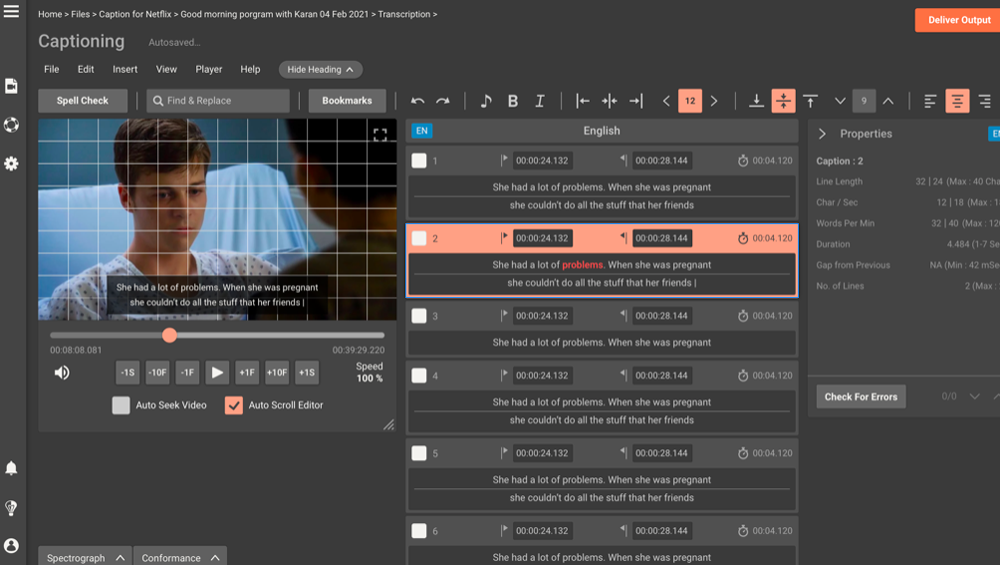
Continuous advances in AI, machine learning and natural language processing have boosted automated closed captioning’s value well beyond regulation compliance. Above: The caption edit user interface for Digital Nirvana’s Trance transcription and captioning solution.

Technology executives from WarnerMedia, Sinclair and Hearst said at a recent TVNewsCheck webinar that they’re tackling the content management challenge amplified by the pandemic by using cloud storage and leveraging artificial intelligence and machine learning to improve indexing and searching.
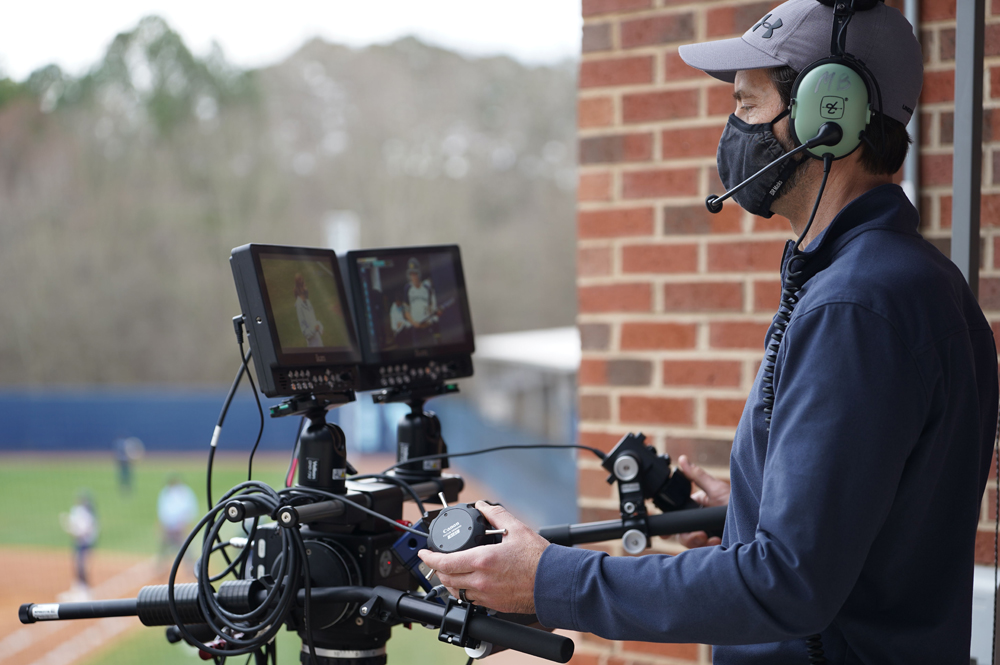
Broadcasters are warming to using robotics for remote camera operations, having seen crucial improvements in camera movement, better object and face tracking, new movement patterns and stronger overall automation. Above, a camera operator stands behind Ross Video’s remote panbar system, capturing the action on the field at a college baseball game.

Broadcasters have largely steered away from enabling audience commenting on their digital platforms, but emerging AI moderation tools and a business case for fostering engagement via comments may prompt some to reassess.
Qligent has introduced Foresight, its second-generation, cloud-based service that uses AI, machine learning, and Big Data to mitigate content distribution issues. Designed to help broadcasters, MVPDs and OTT service providers understand and correlate factors that contribute to higher audience engagement, Foresight provides real-time 24/7 data analytics based on system performance and user […]
TVN Tech | IP, Cloud, AI Were Everywhere At Buzz-Free IBC
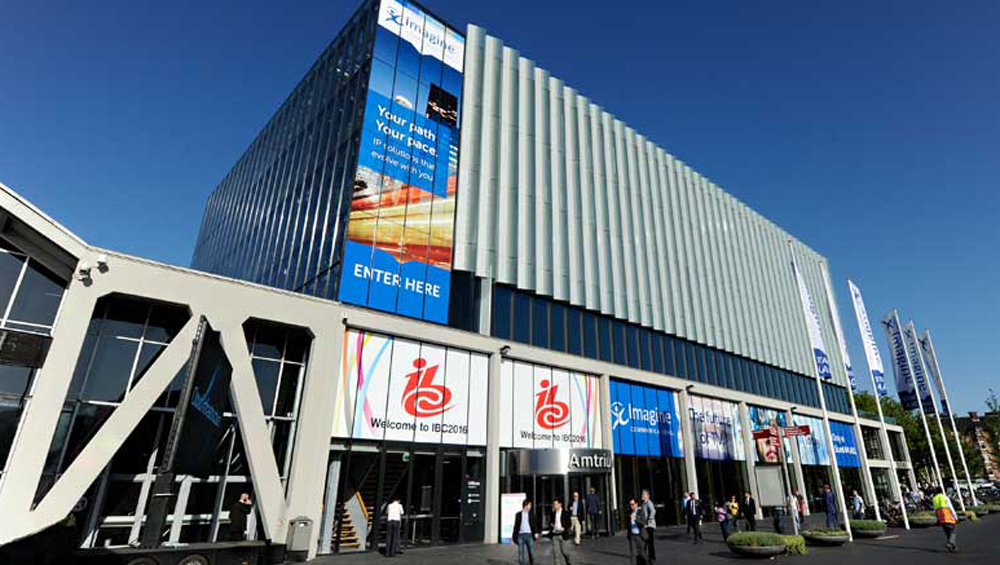
Exclamations about the IP transition, the cloud and AI were notably muted at this year’s IBC. Vendors say that’s because this year wasn’t about shiny new things, but rather getting to work on implementation.
Qligent has updated its Vision Analytics platform for IBC (Sept. 13-17, RAI Amsterdam) with a fully matured, open platform that harnesses the power of data mining, machine learning and predictive […]
Newsrooms Getting Smarter About AI

Artificial intelligence in news is evolving beyond metadata tags. It can now help news organizations find and monetize content, generate silent videos and highlights reels and even predict trending news, and ABC News and the CBC are among the broadcasters experimenting with its capabilities.

IP-enabled production and playout models promise cost savings and increased flexibility. And once content flows through a data center, artificial intelligence and machine learning can be used to generate metadata and direct the future distribution, repurposing and archiving of that content.
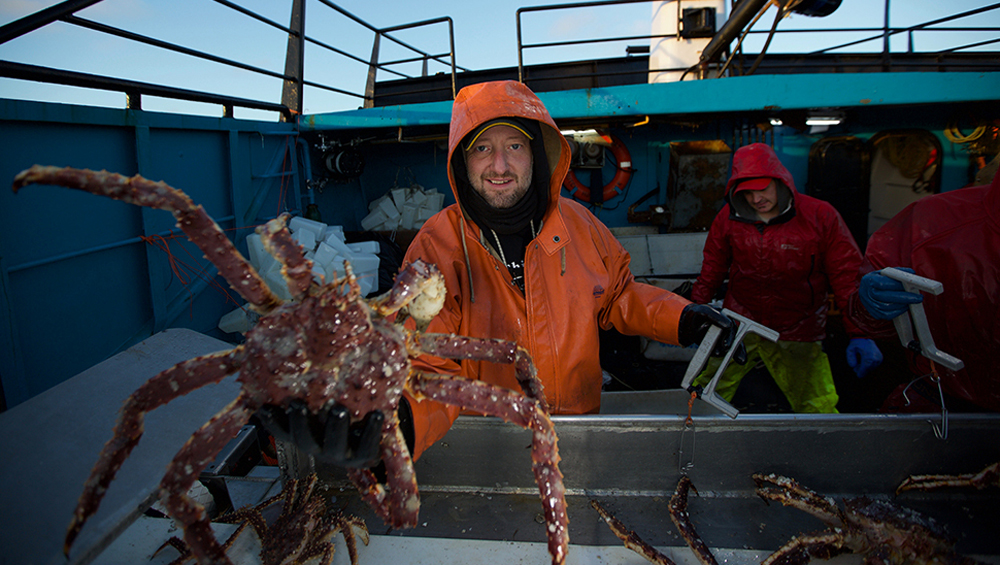
Discovery and ABC both rely on the cloud — one public, one private — to deliver their cable networks. Now broadcasters are looking at how the cloud can benefit not just distribution but also production, whether that means live news or sports coverage or post-production applications like editing.
Although Google keeps its plans under wraps until the big event, the agenda of a conference today makes it clear that virtual reality and artificial intelligence, or “machine learning,” will be among the focal points. That has spurred speculation that Google is getting ready to release a virtual-reality device to compete with Facebook’s new Oculus Rift headset, as well as the Samsung’s Gear VR and the Vive from HTC and Valve.


